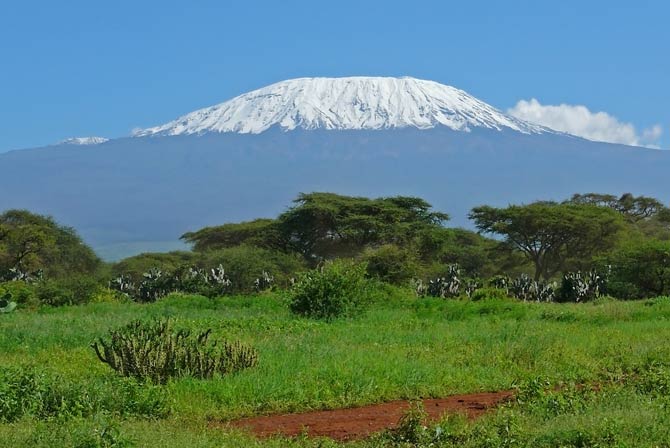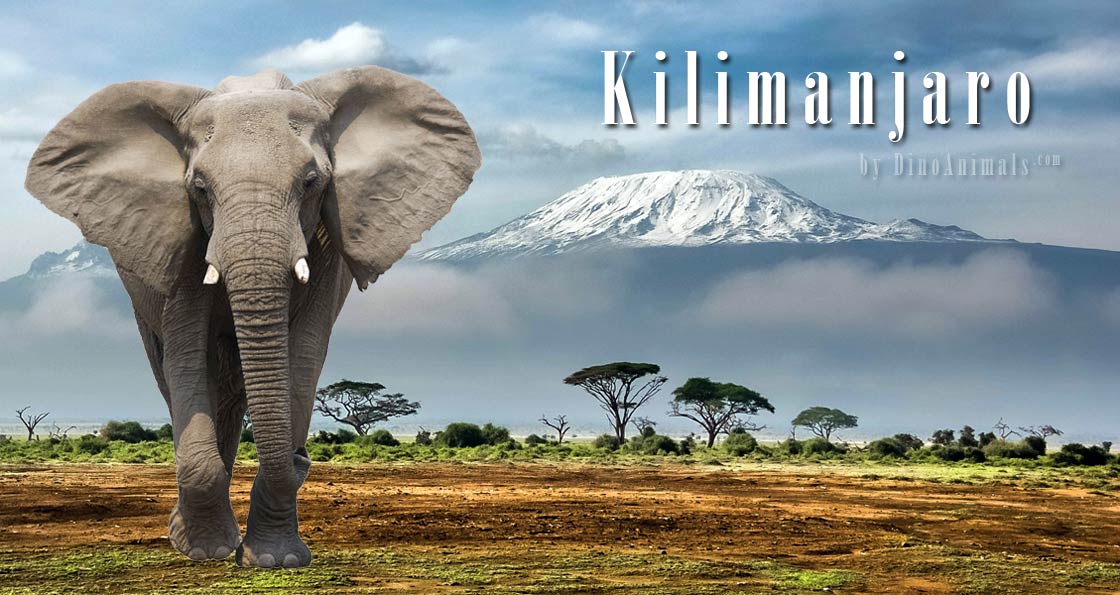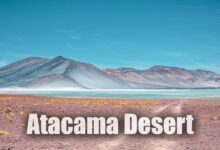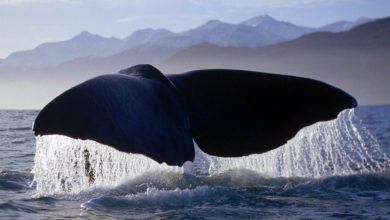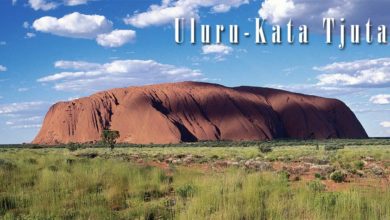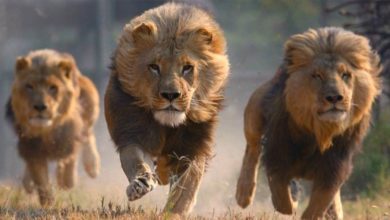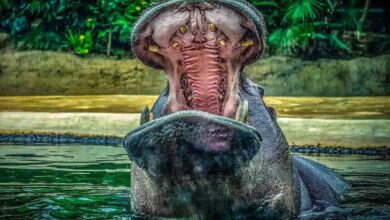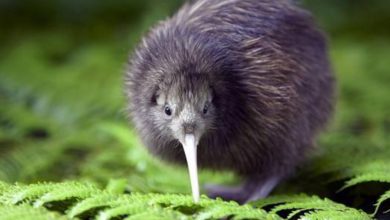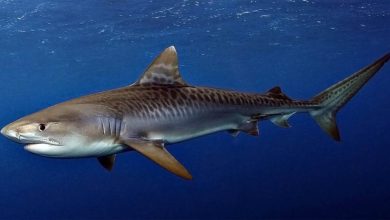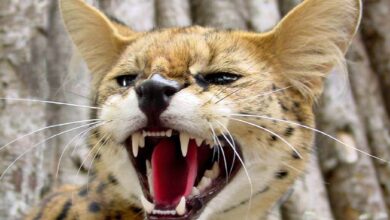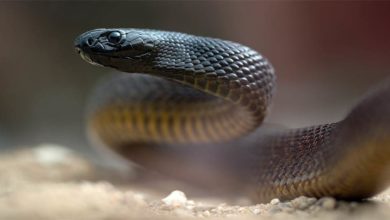Kilimanjaro – the roof of Africa
It is 300 kilometers (190 miles) from the equator, around 500 km northwest of the city of Dar es Salaam and near the Kenyan border (Kenya’s capital Nairobi is 200 km northwest). It is just under 560 km to the northwest to the middle of Lake Victoria. However, we will not meet cities there, but leopards, elephants and buffaloes. The highest point is a sleeping giant, who can wake up at any moment. No, we are not talking about a fairy-tale creature, but about a volcano and its power hidden inside the Earth.
About 50,000 tourists visit this place every year. Almost every one of them comes to reach Africa’s highest peak – Mount Kilimanjaro, which is also named after the National Park that protects the local ecosystem. This article will therefore be a story about the majesty of the African volcano, but also about the place where this volcano “grew”.
We invite you to meet the fauna and flora of Africa, and we take the most experienced hikers to the “roof of Africa”.
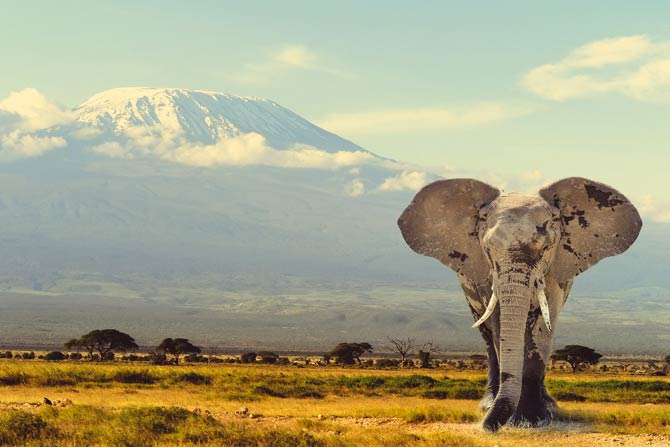
Basic data
Near the equator (approx. 300 km to the south) is the Tanzanian region of Kilimanjaro. It is on its territory that the national park of the same name is located. The region is located in the east of Africa, bordering Kenya. At the same time, it is a region called Great Lakes.
- The area of the Park is 1,688 km2 (652 sq mi)
- Kilimanjaro National Park is approximately 50 km from the city of Moshi.
Although the Kilimanjaro massif is located in the tropical hot regions of the world, it is the third glaciated high mountain range on the continent, along with the Ruwenzori Mountains and the hardly glaciated Mount Kenya massif, which are also located in equatorial East Africa.
The more recent glaciation on Kilimanjaro is limited to the Kibo. Between 1912 and 2009 the ice cap shrank from 12 km² to 1.85 km², which corresponds to a loss of 85% of the area. The main reason for this decline is a regionally drier climate since the end of the 19th century.
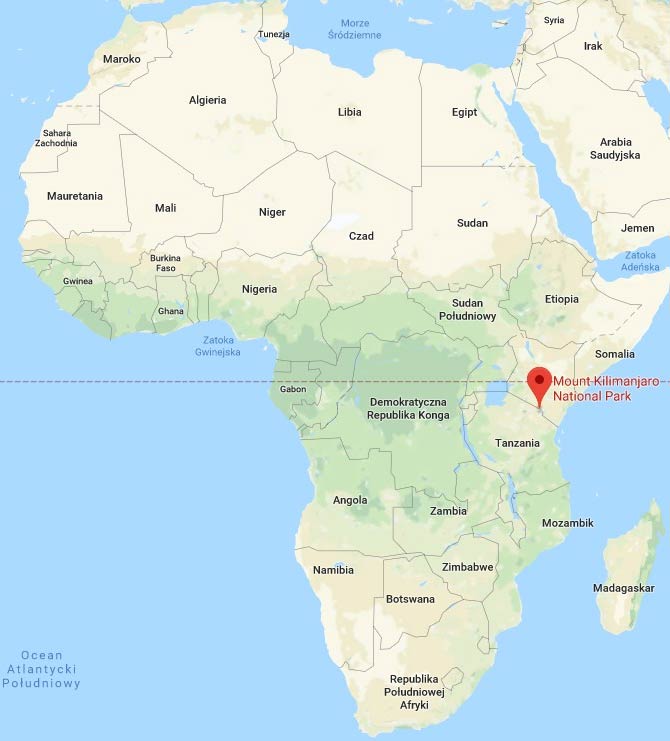
Establishment of the Park
This area received the status of a national park in 1973, but in 1921 it was included in a forest reserve. In 1977, the Kilimanjaro National Park was opened to tourists.
UNESCO recognized it as a World Heritage Site late, as late as 1987. In 2013, however, it was named one of the Seven Wonders of Africa.
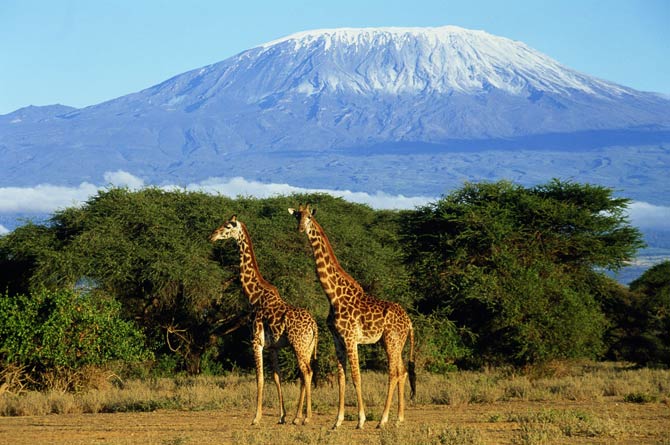
Flora (plants)
The highly diversified flora of the Park results from the equally diversified topography.
About 2,500 species of plants live here, including endemics (e.g. Impatiens kilimanjari). The lowest-lying areas are dominated by evergreen mountain forests with approx. 140 species of trees. Not much above, we meet impressive clusters of lobelia and heather. Above 4,000 meters above sea level however, we encounter an almost lunar landscape – few plant species live there, and the ground is rocky and dusty. The closer to the top, the more beautiful glaciers there are.
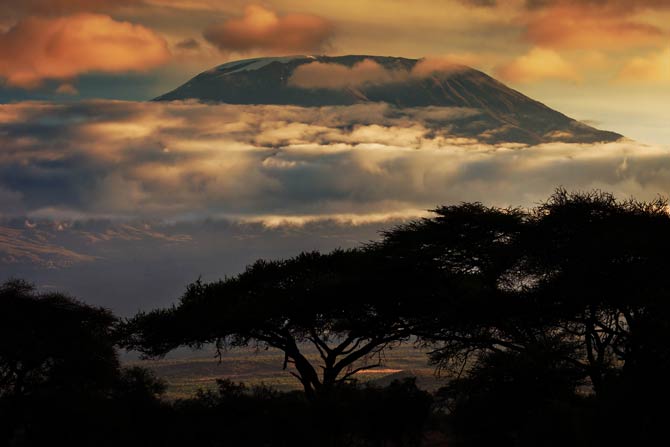
Fauna (animals)
There are 140 species of mammals in the Kilimanjaro National Park, 87 of which are forest species.
The park is home to elephants, huge buffaloes and predatory leopards. You can also admire various species of antelopes, including the common duiker (Sylvicapra grimmia). One cannot forget about forest monkeys: elegant Black-and-white colobus and multi-colored guenons. Among the smaller animals, it is worth mentioning Galagos, bats (as many as 24 species) and birds (approx. 180 species), e.g. the white-necked raven (Corvus albicollis), moorland chat (Pinarochroa sordida) and bearded vulture (Gypaetus barbatus).
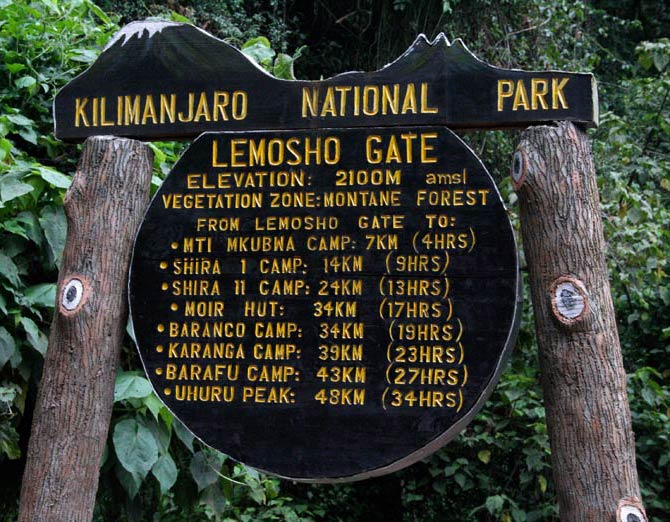
Examples of mammals:
Examples of birds:
- Ducks
- Flamingos
- Geese
- Ibises
- Cuckoo species
- Pelicans
- Herons
- Storks
- Coots
- Migratory birds
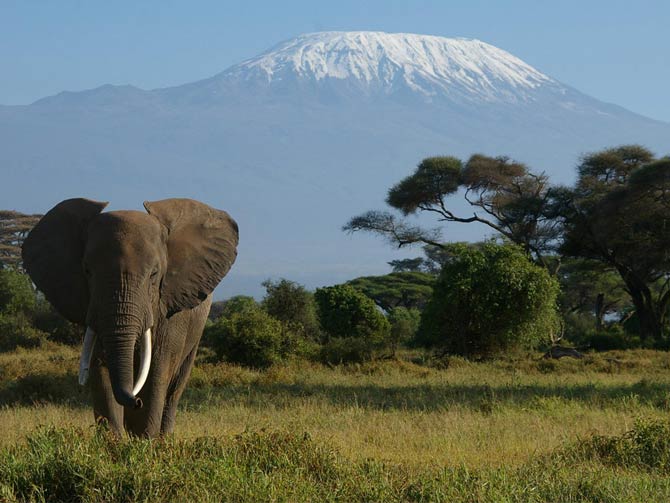
Dormant volcano
The biggest attraction of the Park and the main destination for most of the visitors is the dormant volcano Kilimanjaro, the highest peak in Africa, and also one of the highest lonely volcanic massifs in the world, measuring 5,895 m (19,341 ft) above sea level.
Kilimanjaro is the name of a mountain composed of three volcanic cones: Kibo (5,895 m ((19,341 ft)) above sea level), Mawenzi (5,149 m (16,893 ft) above sea level) and Shira (4,005 m (13,140 ft) above sea level). Shira and Mawenzi volcanoes are considered extinct, while Kibo volcano is dormant. Although its last eruption took place a long time ago, 150,000-200,000 years ago, Kibo can wake up again at any moment.

You can reach the top of the mountain using one of seven routes:
- Marangu
- Umbwe
- Machame
- Londorosi
- Lemosho
- Mweka
- Kilema (hiking and cycling trail)
One of the easiest and most popular is Marangu. Machame is more demanding, but also more effective. The Umbwe trail is the most difficult and the least traveled one.
Kilimanjaro – the name
The origin of the name has not been fully established. There are, however, several theories.
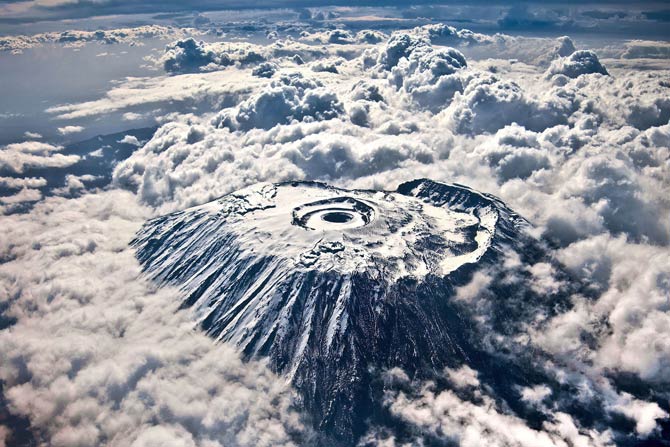
Detailed data
Kilimanjaro National Park
- Area: 1,688 km2 (652 sq mi)
- Established: 1973
- Visitors: 50,000 yearly
- The biggest attractions:
- Admiring wild African animals in natural conditions
- Observation of exotic plants
- Reaching the summit of Kilimanjaro on foot or by bike
- Admiring the savannas from the top
- Records:
- The highest mountain of Africa: Kilimanjaro (Kibo) – 5,895 m (19,341 ft) above sea level
- One of the highest lonely volcanic massifs
- The second largest national park in Tanzania
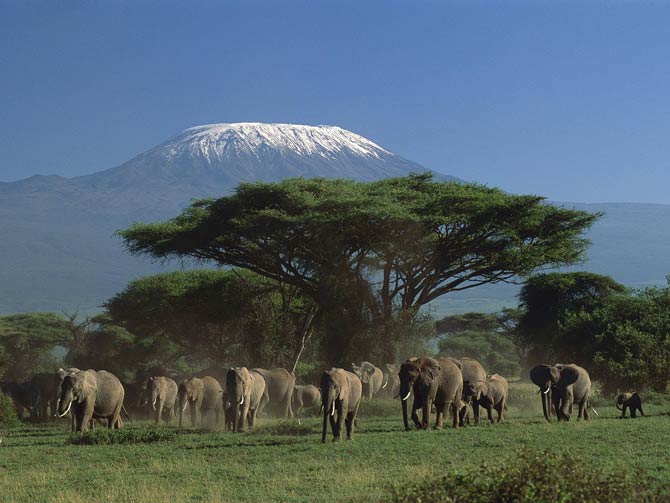
Interesting facts
- From the top of Kilimanjaro, paragliding is possible.
- In the past, the highest peak of Kilimanjaro was Shira, but about 750 years ago, it collapsed. Today Shira is a picturesque plateau, covered with, among others, moors.
- Buffaloes, antelopes and elephants come to the Shira Plateau to enrich their plant diet with mineral salts. There are natural salt licks on Shira.
